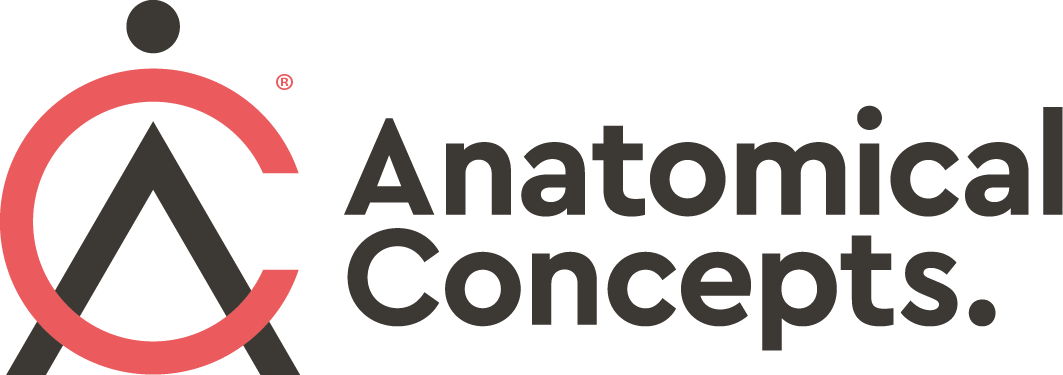Articles
Filter by Topic
- Adaptive Sport 1
- Artificial Intelligence 1
- Bike Labyrinth 3
- Bone density 1
- Brachial Plexus 1
- Bridging the Gap 1
- Bridging the Gap 1
- Carbonhand 4
- Cardiovascular 1
- Client Stories 4
- Cognition 1
- Company Updates 3
- Decision Making 1
- Dementia 1
- Denervation 21
- Diabetic Foot 12
- Efficiency 1
- Electrotherapy 27
- Exercise Benefits 28
- FES Cycling 12
- Functional Electrical Stimulation (FES) 55
- Gait 2
- Goal Setting 5
- Grip 3
- Healthspan 2
- Indego 13
- Lifestyle 8
- Lower Motor Neuron 1
- Mobility 17
- Motivation 2
- NMES 1
- Nerve injury 1
- NexStride 1
- Occupational Therapy 1
- Orthotic 15
- PRAFO 22
- Pain 5
- Parkinsons 2
- Pressure Ulcers 10
- Product Updates 7
- RISE Stimulator 9
- Safety 2
- Sponsor 1
- Standing 4
- Stim2Go 2
- Stimulette den2x 5
- Support 1
- TENS 1
- Technology 17
- Tek RMD 21
Article Length
- 1 minute read 3
- 10 minute read 9
- 11 minute read 7
- 12 minute read 7
- 15 minute read 6
- 18 minute read 1
- 19 minute read 1
- 2 minute read 4
- 26 minute read 1
- 27 minute read 1
- 28 minute read 1
- 3 minutes read 9
- 4 minute read 34
- 5 Minute read 12
- 6 minute read 6
- 7 minute read 13
- 8 minute read 6
- 9 minute read 3
- FES 2
- FoG 1
- PRAFO 1
- Seven Minute Read 1
- awareness 1
- carbonhand 2
- cognitive 1
- cues 1
- freezing gait 1
- freezing of gait 1
- gait 1
- neurological 1
- neuroplasticity 1
- nexstride 2
- occupational therapy 1
- occupational therapy day 1
- orthopaedics 1
- orthotic 1
- parkinson's 1
- pressure 1
- pressure relief 1
- prevention 1
- rehabilitation 2
- stroke 1
- ulcers 1
- world stroke day 1
How FES Cycling systems are optimised for a user?
FES Cycling is a well-established technique that allows persons with lower limb paralysis, perhaps after a spinal cord injury, to exercise their leg muscles actively despite the paralysis. In this article, we ask how to enhance muscle mass and joint flexibility through targeted electrode placement and a progressive exercise regimen.
Optimising FES Cycling involves carefully considering several factors to enhance muscle development and improve joint flexibility. Here, we’ll touch on a few key aspects. If you’re interested in exploring the topic further, we’ve included a list of in-depth articles on FES Cycling below.
Zone 2 Training for Spinal Cord Injuries?Unlocking the Benefits of Low-Intensity Cardio for Health and Performance
In this article, we explore whether Zone 2 training can aid individuals with spinal cord injuries (SCI). Zone 2 cardiovascular training, characterised by moderate-intensity exercise where the body primarily uses fat as fuel and maintains a steady heart rate, can benefit persons with spinal cord injuries (SCI). However, its suitability depends on the level and completeness of the injury, as well as the individual's physical condition and training goals.
Is 20 minutes of FES Cycling good enough for health gains?
Functional Electrical Stimulation cycling, also known as FES cycling or using an FES bike, is a rehabilitation technique that uses electrical stimulation to activate skeletal muscle in individuals with spinal cord injury or other types of neurological injury. This technique is well established in the homes of hundreds of people in the UK as well as in NHS and private facilities. In this article we address the topic of how often you should exercise with this technology. For example, is 20 minutes, three times per week really enough?
FES Cycling: How it elevates rehabilitation and fitness with 5 extraordinary benefits
Discover the revolutionary FES Cycling systems by Anatomical Concepts. Improve mobility and overall health post neurological condition with electrical muscle stimulation. Explore the top five benefits of FES bikes in this informative post.
Do you want the best FES Bike?
Discover how choosing an FES bike can transform your fitness and independence. Overcome barriers and embrace the possibilities that technology and determination offer. Find a bike that supports your goals and encourages regular use for the best outcomes in your fitness journey. Harness the power of FES bikes to unlock your potential.
Complete vs. incomplete spinal cord injury: What you need to know
A spinal cord injury is a life-altering event that can happen to anyone, anywhere, and at any time. It can occur due to a wide variety of reasons, such as accidents, falls, sports injuries, or medical conditions.
The severity of a spinal cord injury varies greatly and each person, even with what can seem to be similar injuries, can have different symptoms and functional outcomes. As part of the clinical approach to understanding and managing such injuries, a system of classification has been developed.
When people are injured, they are often told that they have damage to specific bony vertebrae and the cord itself at a given level, along with a further qualifier suggesting the severity of the injury, typically as a ‘complete’ or ‘incomplete’ injury. But what do these terms mean, and what is their significance?
So, let's dive in and discover what you need to know about complete vs. incomplete spinal cord injury and its effects on the nervous system.





